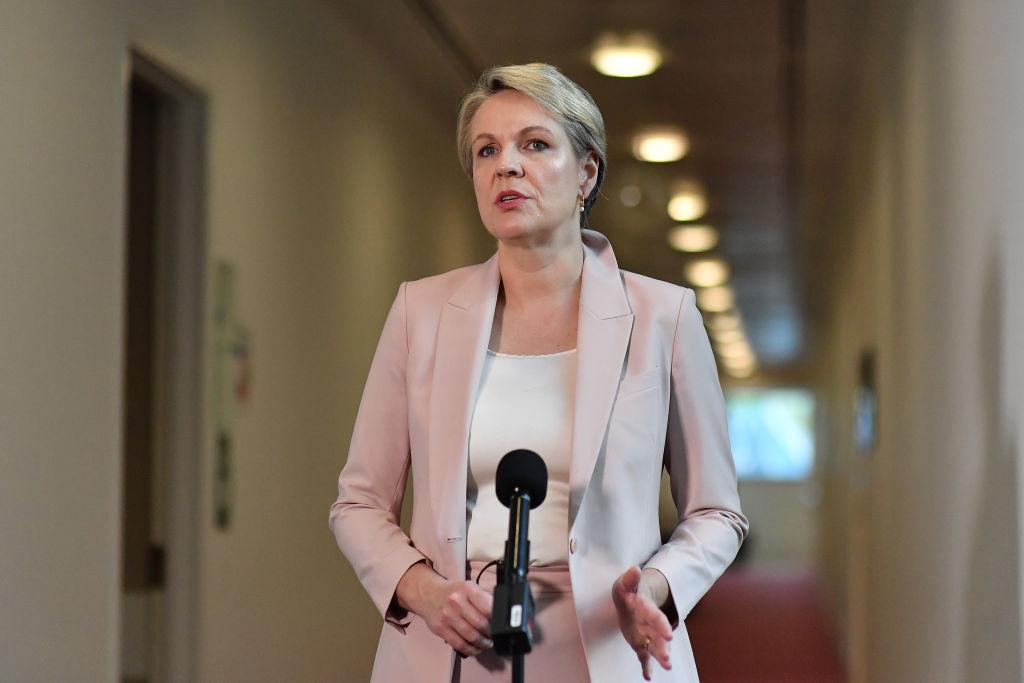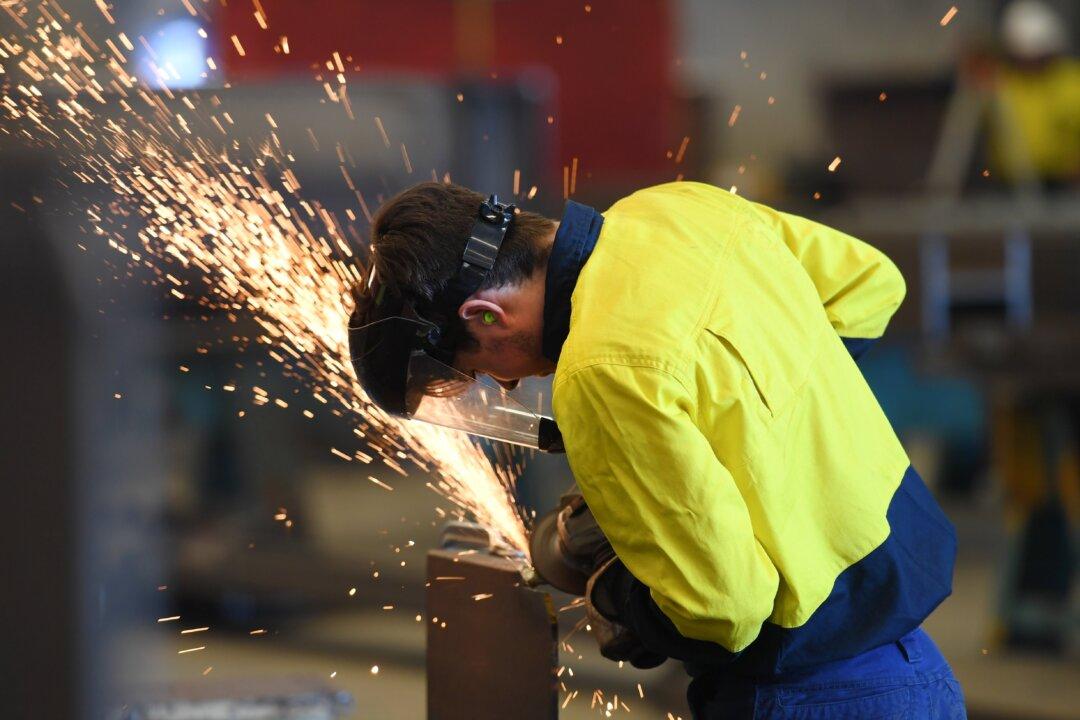Australia’s federal water minister Tanya Plibersek has hinted at the potential extension of the Murray-Darling Basin Plan’s 2024 deadline, acknowledging the states’ difficulty in achieving the plan within the set time-frame.
In a meeting with basin states on Oct. 12—the first since Plibersek was appointed the portfolio in May—Plibersek said the federal government was committed to the full delivery of the plan but “flexible” on how it will be achieved.





